Most new investors in thoroughbred breeding are shooting in the dark.
They guess at breeding decisions, cross their fingers, and hope for a winner. But the pros?
They don’t leave it to luck. They decode pedigree charts with precision, identifying the right genetic combinations that give a horse the best chance to win.
If you want to stop guessing and start making smart, calculated breeding decisions, it’s time to understand how to read those patterns and apply them effectively. Let’s break it down.

Why Breeding Isn’t Just Luck
The key to success in breeding isn’t blind hope—it’s genetics.
Bloodlines matter, and when you know how to read them, you can stack the odds in your favor. The goal is to combine certain traits that complement each other.
The pros look for patterns, focusing on stamina, speed, and racing temperament that can be passed down through generations.
But here’s the catch: Not all pedigrees are created equal. You can’t just pair two fast horses and expect a champion.
It’s about understanding the pedigree and knowing which combinations produce winners. For example, breeding two sprinters might give you a horse that excels in short races, but it’s unlikely to perform well in endurance-based races.
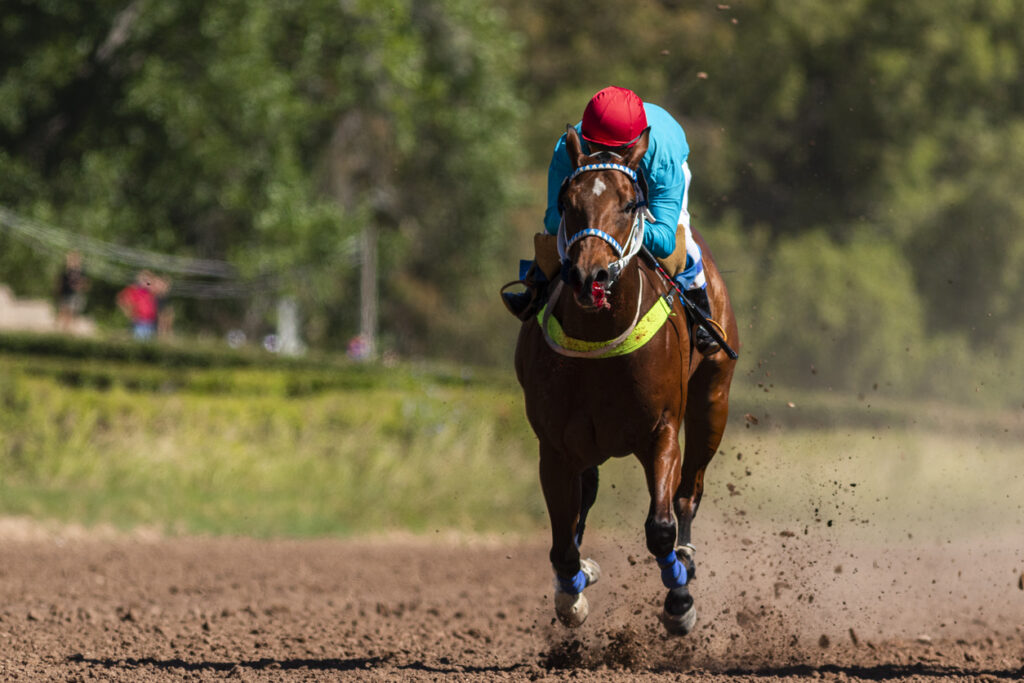
The 3 Key Factors in a Pedigree Chart
To stop guessing, you need to focus on three specific aspects of a pedigree chart: stamina, speed, and performance history. Let’s walk through them one by one.
- Stamina: This is the horse’s ability to maintain its speed over long distances. Look for horses that have a history of endurance in their bloodline. In a pedigree chart, this could be horses that consistently placed or won races at 1¼ miles or longer.
- Speed: Raw speed is crucial in short-distance races. Look for sprinters in the bloodline. These are horses that have a quick burst of speed and have proven themselves in races under a mile.
- Performance History: This one is simple—track the success rate of the bloodline. Look for horses in the pedigree that consistently placed or won races. The more winners you see in a pedigree, the better your odds.
You’re not looking for just any combination of traits. You want complementary traits.
For example, breeding a fast mare with a stallion known for endurance can balance speed with stamina, creating a horse with the versatility to compete in a range of distances.
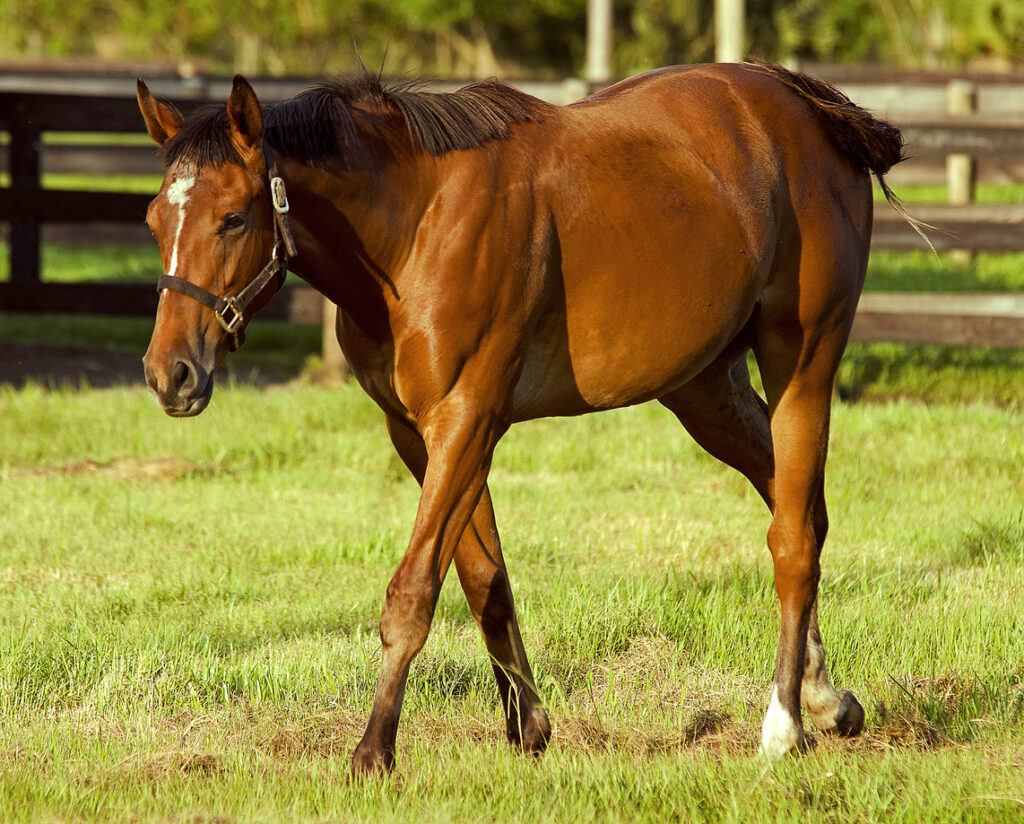
How to Analyze a Pedigree: Start with the Sire Line
The sire line (the male side of the pedigree) carries significant weight in breeding decisions.
This line can give you a strong indication of what physical and performance traits the offspring might inherit.
Here’s what to do: Start by tracing the sire line several generations back. Identify the types of races that the sires were successful in.
Were they sprinters, milers, or long-distance runners?
For example, if the sire was successful in long-distance races, you can reasonably expect the offspring to inherit that stamina. But here’s the trick—don’t stop there.
Look for consistency. Did the sire’s sire (the grandsire) also perform well in similar races?
The more consistent the stamina or speed traits are in the pedigree, the more predictable the outcome.

Don’t Overlook the Dam Line
While the sire line tends to get all the attention, the dam line (female side) is equally important.
The mare contributes 50% of the genetic makeup of the foal, so her influence is massive.
Start by looking at the mare’s racing record. Did she perform well on the track?
If not, check if her offspring have done well. Sometimes a mare that didn’t win races herself still produces winning offspring if she’s paired correctly.
For example, if a mare comes from a line of sprinters but has never won a race, she may still produce a successful sprinter when bred to a fast stallion. This is where pattern recognition comes into play.
If her family has consistently produced winners in the past, she’s worth betting on.
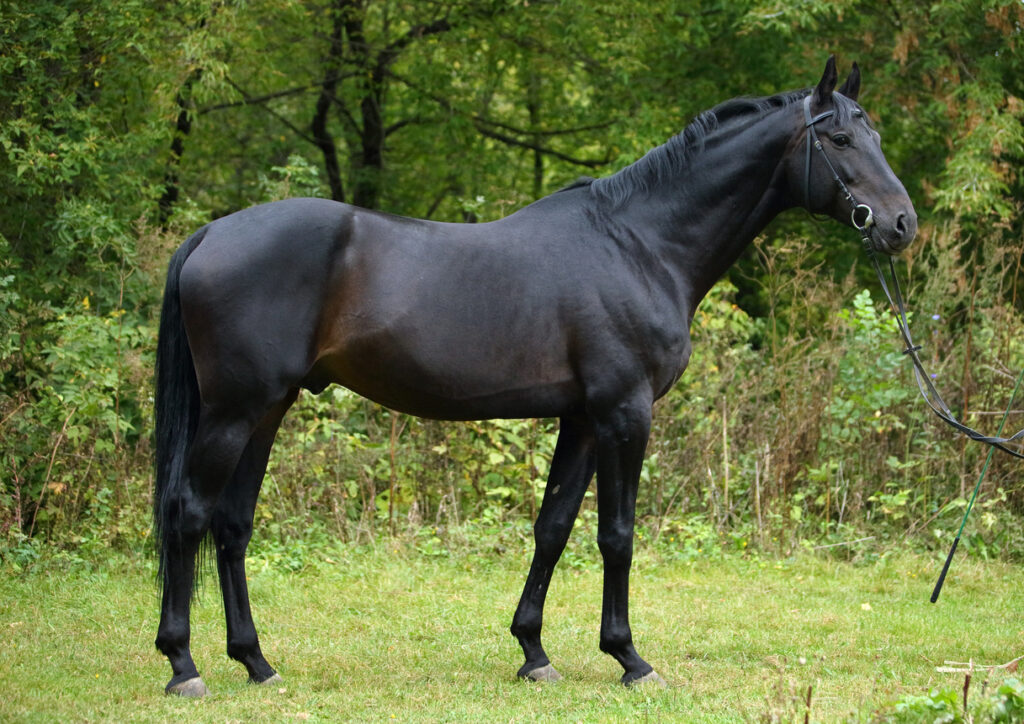
Step-by-Step Guide to Making Your First Breeding Decision
Here’s how to get started with your first breeding decision:
- Identify Your Goals: Are you aiming for a sprinter or a long-distance runner? Narrow your focus. You don’t want to breed for everything.
- Evaluate the Sire Line: Start by looking at stallions that match your goals. Research their pedigree, performance history, and the performance of their offspring.
- Evaluate the Dam Line: Next, evaluate the mare’s family. Look for patterns in performance, and make sure her traits complement the stallion’s.
- Look for Complementary Traits: If the sire has stamina, does the mare add speed? If the mare is fast, can the sire bring endurance?
- Check the History: Look at the past results from similar crosses. Have other breeders had success with similar combinations? If so, you’re on the right track.
- Run the Numbers: Before making a final decision, consult with a bloodstock agent or use a pedigree analysis tool to predict the foal’s potential performance. This will give you an added layer of confidence.
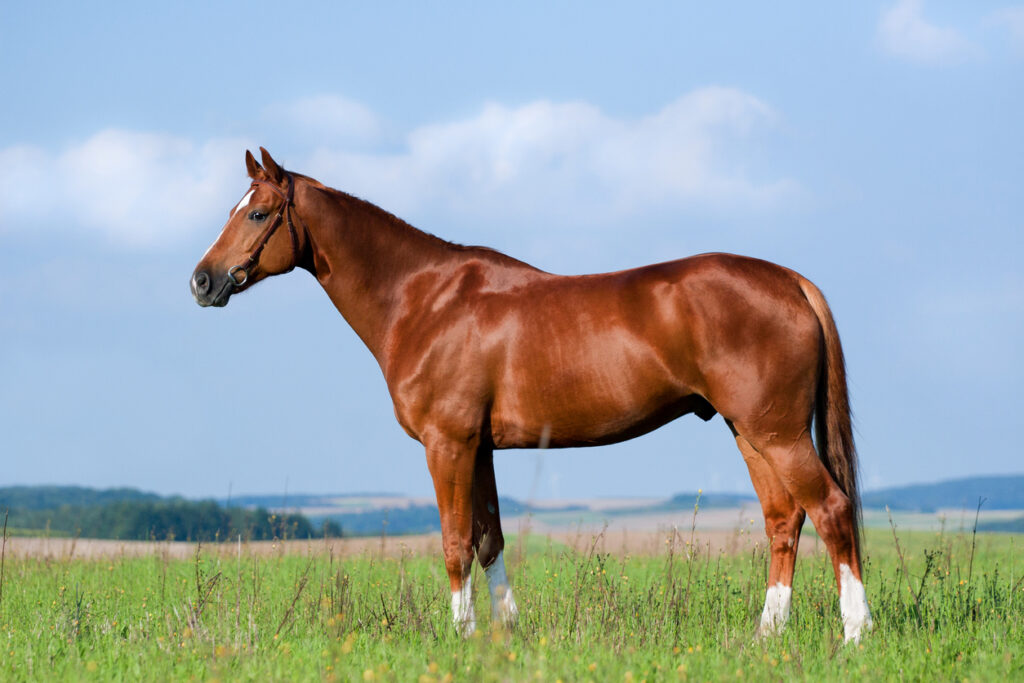
The Pitfalls to Avoid
Many new breeders fall into common traps.
The most obvious one? Choosing a stallion purely based on their race record without considering how their traits match the mare.
Another mistake is breeding two horses with identical traits—two sprinters, for example—without thinking about balance. You want complementary traits that will produce a well-rounded racehorse.
Another pitfall: Overpaying for a stallion without a strong track record for producing winners. Just because a stallion was fast doesn’t mean he will pass that trait on.
Always check the success of the offspring, not just the sire himself.

The Breeding Decision Template
To wrap up, here’s a simple template to help you organize your next breeding decision:
- Define your goal: Sprint or distance?
- Sire analysis: Speed or stamina? History of winning offspring?
- Mare analysis: Performance or production record? Complementary traits?
- Look for consistency: Track performance through multiple generations.
- Seek expert advice: Consult a bloodstock agent or use a pedigree tool for a final review.
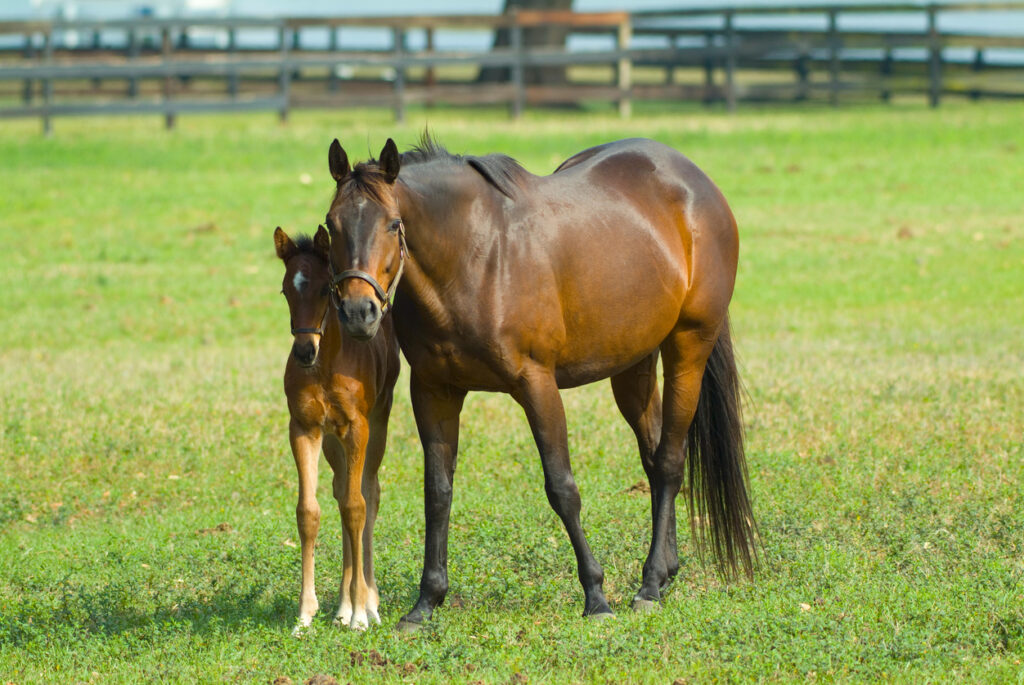
Conclusion: Breeding with Confidence
Breeding isn’t luck—it’s strategy.
By decoding pedigree charts and understanding the genetic patterns that lead to winning traits, you can breed a racehorse that has the potential to excel. It’s not about rolling the dice; it’s about making informed decisions that stack the odds in your favor.
Now that you have a roadmap, it’s time to dive in. Follow the steps, avoid the common mistakes, and start breeding with confidence.


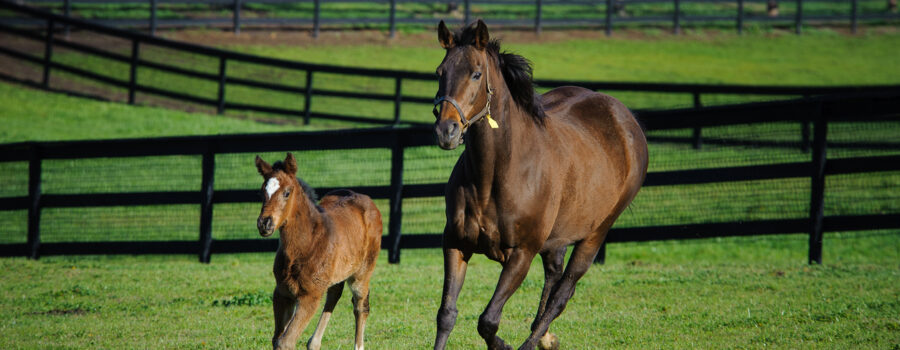




Recent Comments